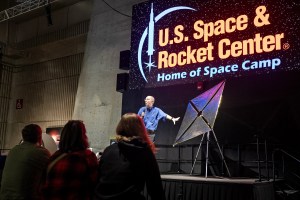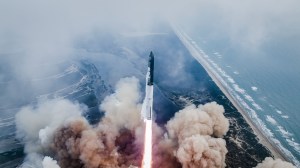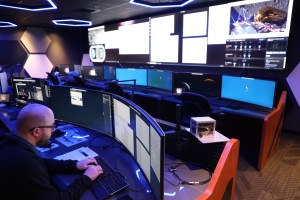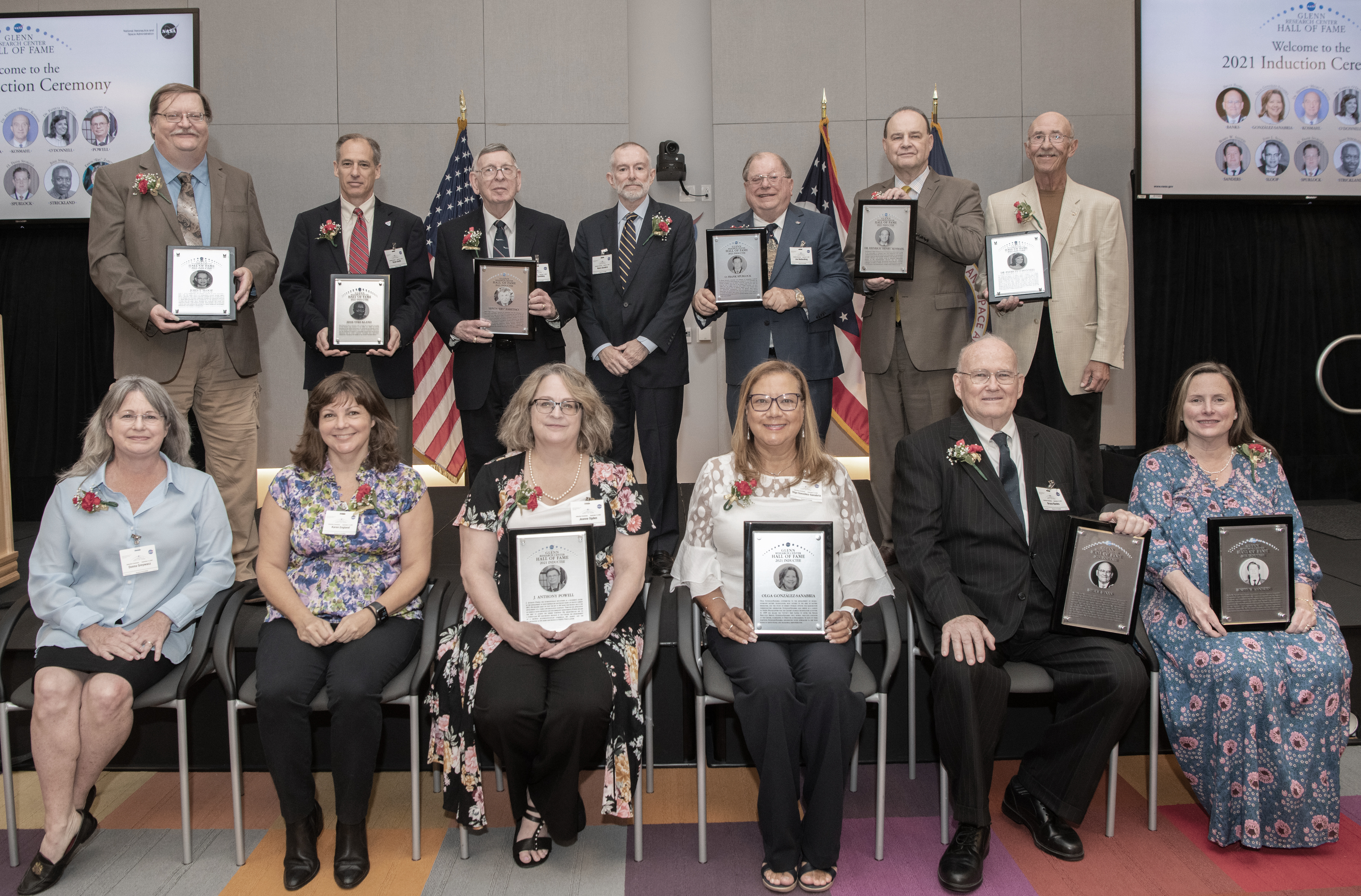Shuttle, Family Inspire NASA’s Cryogenic Technology Manager
By Daniel Boyette Jeremy Kenny squinted his eyes as he looked toward the brilliant light. Then came the deafening sound waves that vibrated his body. This was the moment he’d dreamed about since childhood. It was Nov. 16, 2009, at NASA’s Kennedy Space Center in Florida, and Kenny and his wife were watching space shuttle […]
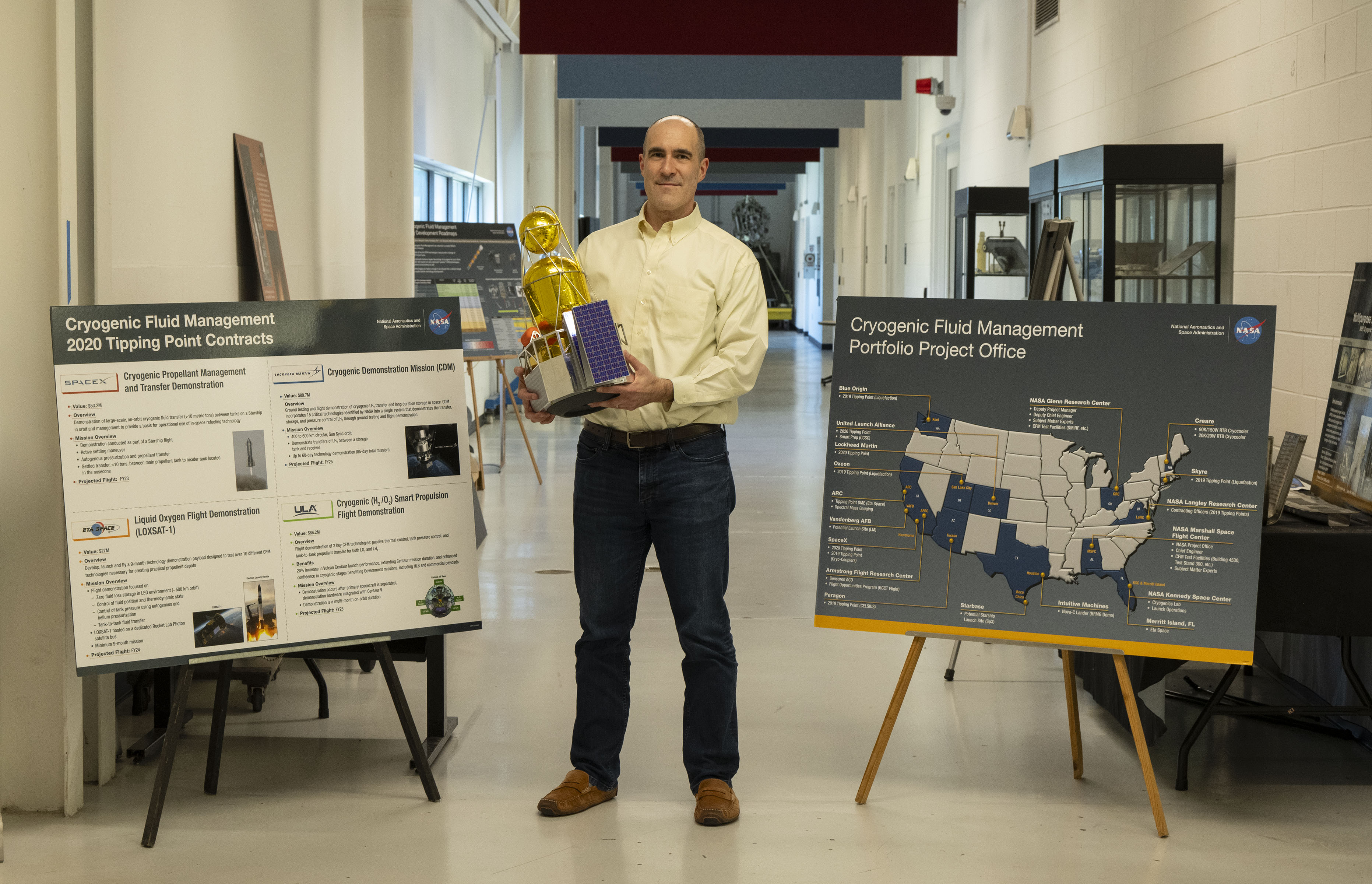
4 min read
Preparations for Next Moonwalk Simulations Underway (and Underwater)
By Daniel Boyette
Jeremy Kenny squinted his eyes as he looked toward the brilliant light. Then came the deafening sound waves that vibrated his body. This was the moment he’d dreamed about since childhood.
It was Nov. 16, 2009, at NASA’s Kennedy Space Center in Florida, and Kenny and his wife were watching space shuttle Atlantis embark on a mission to the International Space Station. Kenny, who was less than two years into his NASA career, had the opportunity to see the liftoff from Launch Pad 39A as part of receiving the Space Flight Awareness Award for supporting the Space Shuttle Program’s solid rocket booster flight program.
“That was the first launch I ever witnessed in person,” said Kenny, whose inspiration for working at NASA came from watching televised shuttle launches as a youth. “It was amazing and made me appreciate how such a powerful system could be designed and flown so successfully.”
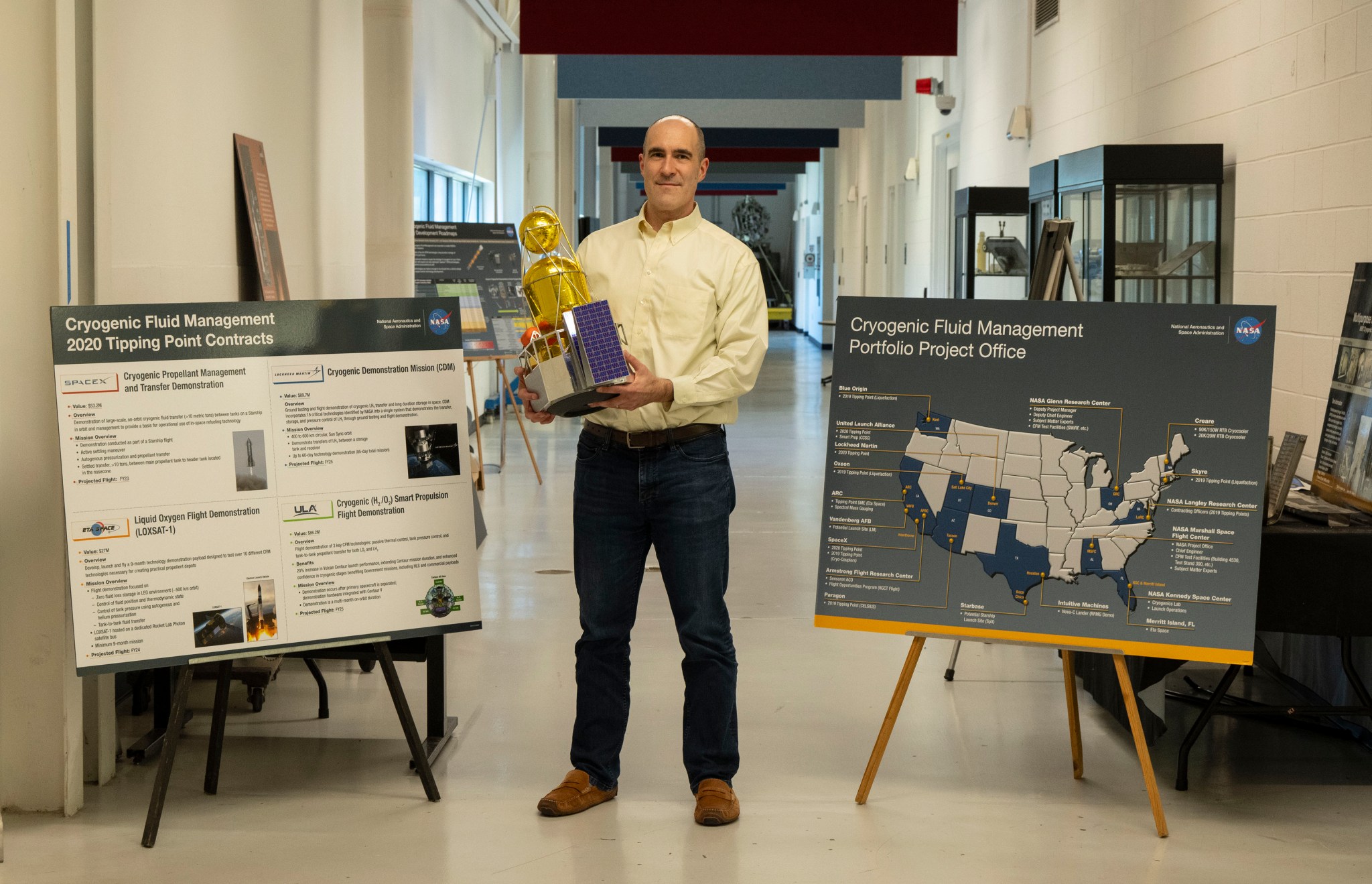
With the final shuttle mission two years later, NASA set its sights on designing and building its future Artemis rocket: SLS (Space Launch System). Kenny was selected to lead the SLS Modal Acoustic Test program, which helped engineers understand how loud the rocket would be during liftoff. He later joined another key Artemis effort, the Human Landing System program, as a technical manager, overseeing the development of lander systems that will transport astronauts to the Moon’s surface.
“Artemis is an inspiring campaign for future human spaceflight exploration,” Kenny said. “I worked with SLS, Orion, and Exploration Ground Systems, and it was very fulfilling to see all the pieces come together for the successful Artemis I launch.”
In January, Kenny was named manager of NASA’s Cryogenic Fluid Management (CFM) Portfolio project, where he oversees a cross-agency team based at NASA’s Marshall Space Flight Center in Huntsville, Alabama, and Glenn Research Center in Cleveland. The CFM portfolio includes innovative technologies to store, transfer, and measure ultra-cold fluids – such as liquid hydrogen, liquid oxygen, and liquid methane. These cryogens are the most common propellants in space exploration, making CFM integral to NASA’s future exploration and science efforts.
“We must mature CFM technologies to support future flight mission architectures,” said Kenny. “The strong partnership between Marshall and Glenn in CFM maturation continues to produce excellent results, enabling in-space cryogenic systems vital to NASA’s Moon to Mars vision.”
Kenny’s choice of profession comes as little surprise, given his family background. He had a grandfather and an uncle who worked with the U.S. Army Corps of Engineers in the family’s hometown of Vicksburg, Mississippi. From them, Kenny learned how math and physics could be implemented in real-world applications. He earned three degrees in mechanical engineering: a bachelor’s from Mississippi State University in Starkville, a master’s from Georgia Tech in Atlanta, and a doctorate from the University of Alabama in Huntsville.
“My grandfather showed me various engineering software programs he worked on to simulate ground terrains for military transportation systems,” Kenny said. “My uncle worked on engineering developments for various military systems; he was a key influence for me to pursue graduate degrees in mechanical engineering.”
When Kenny’s not working to evolve technology for NASA’s future deep space exploration missions, he’s spending time with his wife and their two daughters, who are involved in choir and dance.
“Watching them practice and perform inspires me,” Kenny said with a smile. “My biggest challenge is balancing my professional work, which I love, and spending time with my family, who I love. With work comes many exciting opportunities, and solving hard problems is fun. But that excitement should not detract from keeping your personal relationships healthy. One day, I’ll retire and spend all my free time with family.”
The CFM Portfolio Project’s work is under NASA’s Technology Demonstration Missions Program, part of NASA’s Space Technology Mission Directorate, which oversees a broad portfolio of technology development and demonstration projects across NASA centers and American industry partners.
Ramon J. Osorio
Marshall Space Flight Center, Huntsville, Alabama
256-544-0034
ramon.j.osorio@nasa.gov
Share
Details
Related Terms
What's Your Reaction?



















.jpg?#)























